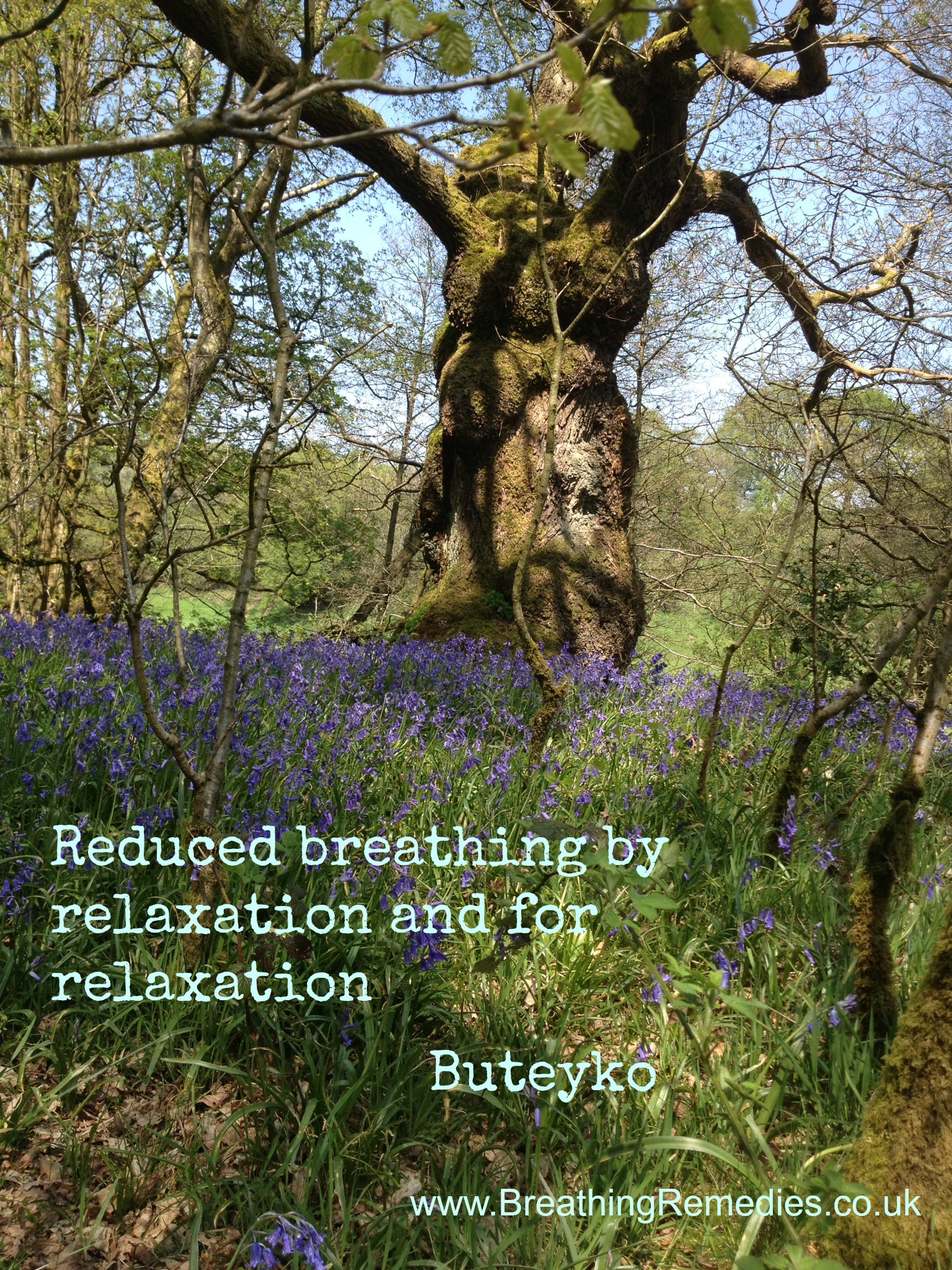In this blog I am going to discuss the link between hyperventilation (over breathing or disordered breathing) and long COVID. Early in …
ME/CFS
ME/CFS, POTS (postural orthostatic tachycardia syndrome), joint hypermobility, teenagers and anxiety
Not the most catchy title I admit but read on if you have ME/CFS, or a teenager with it, or unexplained anxiety. If there is one thing worse than …
The microbiome in asthma and ME/CFS
The microbiome, the nose, the gut and good health …


